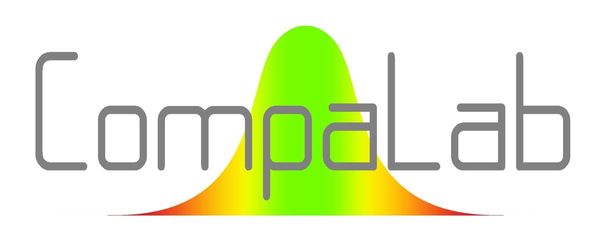Why participate to an interlaboratory comparison ?
Because an error in a test result can have serious consequences and can be very expensive
If the tests performed by your laboratories are used to check the quality of your products or the ability of your process or are used to determine the compliance with the regulations, any error in the result can have extremely serious consequences.
For an independent laboratory, producing unreliable test results taints its reputation and the trust of its customers. It may lose them for ever.
For a producer, producing unreliable test results exposed him to put on the market non-conforming products or may lead him to overquality (according to the direction of the error in the result).
In all cases, customers' confidence is disturbed, the reputation of the organisation is tainted, additional costs associated to the delivery of non-conforming products are generated, litigation relating to product liability due to or related to a noncompliance with regulations may happen.
Because participate to a proficiency test is a very efficient method to assess the competence of a laboratory, and because it is required for accreditation
All causes having a significant influence on the test results are globally and simultaneously evaluated:
- Test methods which are not enough well known, or misunderstood or not properly performed;
- Test devices or input material which are inadequate or not adapted;
- Incorrect handling of data.
This is especially why participating to proficiency tests is a requirement for accreditation when they exist (see. ISO/IEC 17025 § 7.7.2).
Because it helps to determine uncertainties on test results
Interlaboratory comparisons provide following information:
- repeatability and reproducibility standard deviations;
- bias of the laboratory, all sources of uncertainties together whatever known or unknown.
Moreover, participants may be asked to declare their uncertainty.
All this information makes possible to:
- assess whether the stated uncertainty is consistent with the deviation of the laboratory results from the reference value (see zeta scores described in ISO 13528);
- compute an uncertainty with regard to unknown bias, repeatability and reproducibility (see for example ISO TS 21748);
- tell each participant if its estimated uncertainty lays in the bottom, medium or upper range of uncertainties estimated by other laboratories. Each participant may then check whether this is consistent with the accuracy of its equipment and skills of its personnel.
Because you need a total confidence in your test results
Be your test results used internally or be they sold, you need a total confidence in the test results that are provided to you. If a customer, a supplier or a third part body argues on your test result? You know that your test results are 100% reliable and you can demonstrate it!
Because you need to demonstrate to your customers that your test results are reliable
Your customers need to get a total confidence in your test results as well as you do. Thanks to your participation to a proficiency test, you can, at the step of the commercial offer, demonstrate to your customers that your test results are reliable.
Because the cost of a participation to a proficiency test is very low compared to the confidence it provides and compared with the costs of non-reliable tests
Participate to a proficiency test costs only a few hundred euros, while non-reliable tests (see upper) may cost millions euros!
More details concerning: What inter laboratory comparisons are proposed
